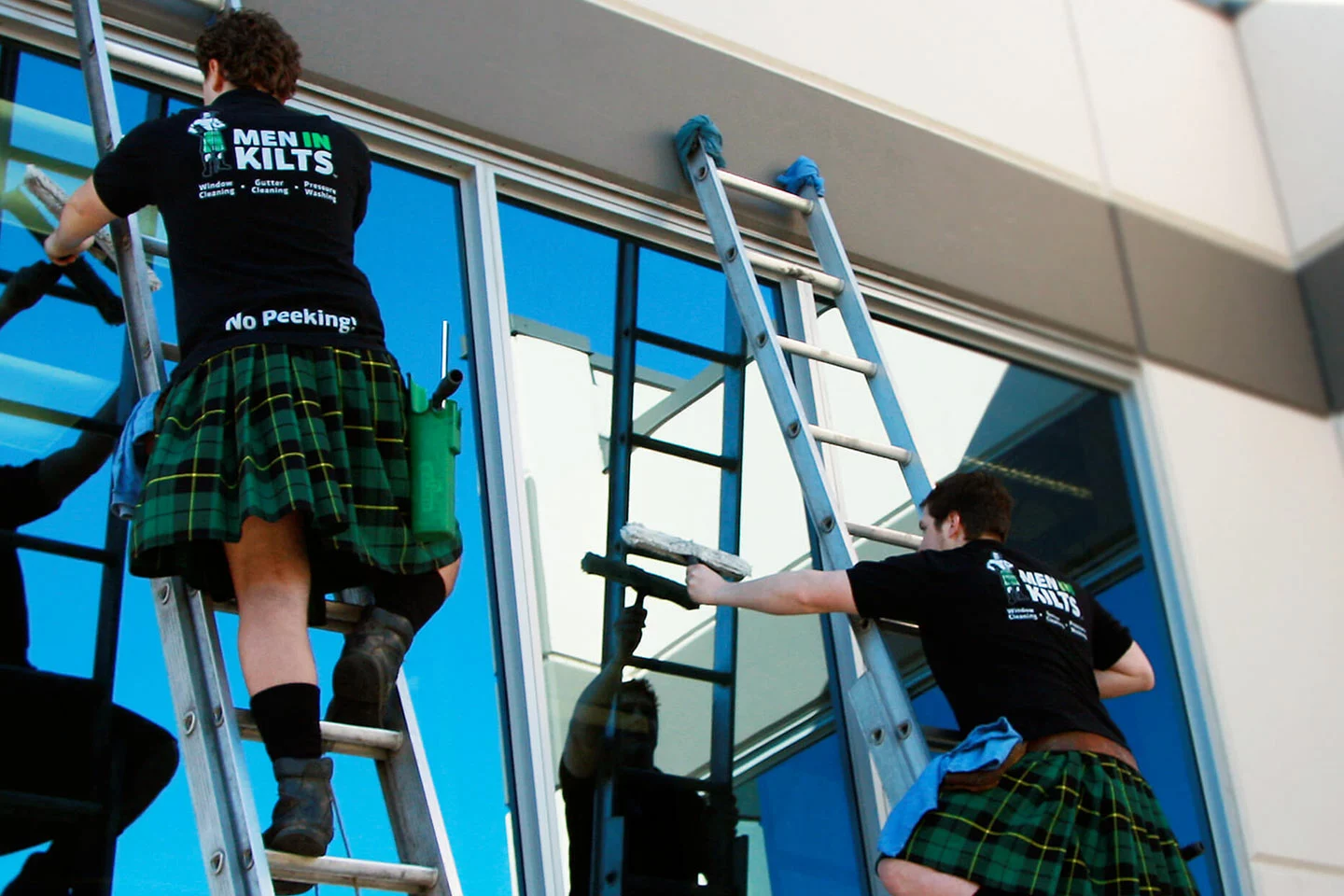Why should we buy from you? Ultimately this is what the sales conversation comes down to; and in a market with millions of businesses and often hundreds of competitors this can be a tough question to answer.
So what makes your business a better choice than the next competitor down the street? I’ll give you a hint – it can’t be the same thing that your competitor told them!
Strategic Differentiators
Similar to your Key Value Proposition (and more on that topic in a future article), these are the traits that make your product, service and brand stand out from what your competition offers. Ideally this will be something of intrinsic value, although (unlike your KVP) it can also be something that’s just memorable. Most importantly your differentiators need to be different.
Something New
When we say different we mean it. Not only is this something your competitors don’t claim, it’s ideally something they can’t claim and would need to change the operations of their business in order to be able to claim it.
Here are the common examples of things that are NOT differentiators:
- Customer service (everyone claims this)
- Better product (absolutely everyone)
- We care about our clients (“I would certainly hope so”)
- Competitive pricing (Google “Race to the bottom”)
- Our customers love us (you can do better than that)
You may read through this list and think, “Yes, but we really do stand out with this”. Unfortunately until your customer hires you and finds out, it’s all just words to them, and you’re telling them the same thing as everyone else.
If you really want to stand out, you’ll need to use different words. Words that other people haven’t already thought of.
Some Ground Rules
No one said this would be easy – and that’s what you’ve signed up for. It’s your job to create a business and a brand that no one else has built before.
Ground Rule #1 – Pre-Sale Impact
The first thing to keep in mind is that you’re defining pre-sale differentiators, which means they have to be felt and believed before the customer has bought the product. Post-sale differentiators (those things that people love after working with you) are effective for making people stay, and building referrals, but it’s your pre-sale differentiators that increase sales.
If the customer has to buy the product before they’d believe you, then you need to keep brainstorming. One example of this is a theatre company we worked with that said the sense of community they build is hugely impactful. After a little conversation we uncovered that the sense of community is never what pulls people into their first visit – it’s what makes them stay. Ultimately, the sense of community wasn’t a good pre-sale differentiator since it couldn’t be felt and desired before they bought a ticket.
Ground Rule #2 – External Messaging
Second rule of thumb is this: your differentiators are for your customer, not for you or your internal team. Internally you may have LOTS of wonderful things that build team culture, guide behaviour, make people feel valuable, or invigorate your staff. But remember: your staff are not your customers. There’s a distinction between how you talk to your team (and what they need) and how you market to your customers.
An example of this is our core value of Integrity. This is a philosophy we live and breathe internally, but has very little impact for our potential clients. In fact a client’s response to this would likely be, “I certainly HOPE you’re not lying to everyone.” It falls flat.
Keep in mind your external messaging and internal messaging are for different audiences – don’t feel like your differentiators have to motivate your staff, or that your staff motivation needs to overlap with your differentiators. Focus on your customer and what they notice, not what your staff are needing.
Ground Rule #3 – Make a Statement
It needs to be memorable. I used to advise that every differentiator needs to be valuable to the customer, and there are a lot of arguments to say this is still the best approach. But in practice:

It’s more important to be memorable than valuable.
In Calgary (and many other cities) you’ll find a company called Men in Kilts – they wash windows and wear kilts. Ask anyone in Calgary, and they are the biggest name in the city for window washing. No one will argue the kilts make the windows cleaner, the service cheaper or faster, but this differentiator without a doubt creates one of the most memorable brands you can find.
It’s always easier to build on a differentiator which is valuable but, more important than that, be memorable. This is why your strategic differentiators may be different/separate from your Key Value Proposition.
Brainstorming Your Strategic Differentiators
Now that you have some guidelines on what you’re looking for, there are a number of ways to dig up ideas. MarketResearch.com has a good article on this topic, but here’s what we often look at:
- Customer pain points – Are there areas that your competitors or the industry as a whole are notoriously bad at? Is this something that customers already know before hiring you? If you can solve this issue, you may have an amazing differentiator to use.
- Being first – There are new categories popping up all the time and, while you may not be the first beer on the market, there’s also the first import beer, luxury import beer, apricot beer, domestic radler, etc. If you can create a new category and stand as the first (and only), this can go a long way.
- Finding a niche – In the same way that your product can differentiate you, your target market can as well. We work with a law firm that specializes in working with indigenous clientele. There are thousands of law firms out there, but very few who specialize in this market.
- Combinations – While a little less effective than having a single differentiator, you can combine traits to stand out. For example “Same day delivery gift baskets” may not have anything different in their gift baskets, and same day delivery is not a new concept, but they can hold a unique position in the market by combining the two.
- Outrageous – Lastly, you can be outrageous. But this takes guts. In order for an outrageous approach to actually work, it needs to be completely unexpected. If it has been done before, or people think “ya, that makes sense”, you haven’t hit the mark. The truly memorable “outrageous” differentiators will be unexpected, have steadfast execution, and (hopefully) bring a smile to your customers face. Men In Kilts window washing is a great example of this.
Consistency
The final and most critical aspect of your differentiator is consistency. When you’ve forged your differentiator(s), this becomes a brand that you are building and protecting.
If you use this differentiator only 50% of the time, it will hurt your ROI.
If you change the wording of your differentiator 5 times yearly, it will hurt your ROI.
If you allow competitors to creep in and copy your differentiator (and do nothing about it), it will hurt your ROI.
Your differentiator needs to be presented all the time, in the same wording, and needs to be protected with the same vigor that you protect your logo, your company name, and your reputation. Every year that you do this, your differentiator, and your ROI will grow and grow. Likewise, if you abandon, tweak or continually change your differentiator(s), your ROI will never have a chance to prove the real worth of your differentiators.
Where the Rubber Meets the Road
Once you’ve minted your newly found differentiator and are ready to start capitalizing on it, we would love to help. From your website to your print material, to pitch decks or trade show booths, there are a lot of areas you’ll benefit from deploying your new differentiator.




